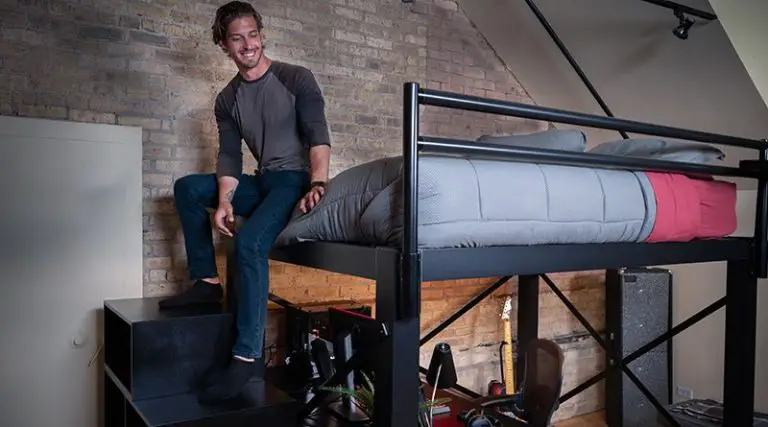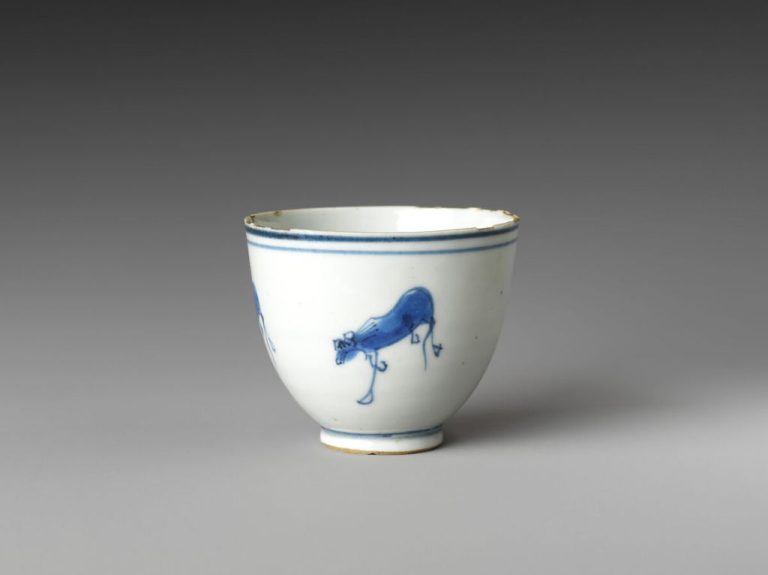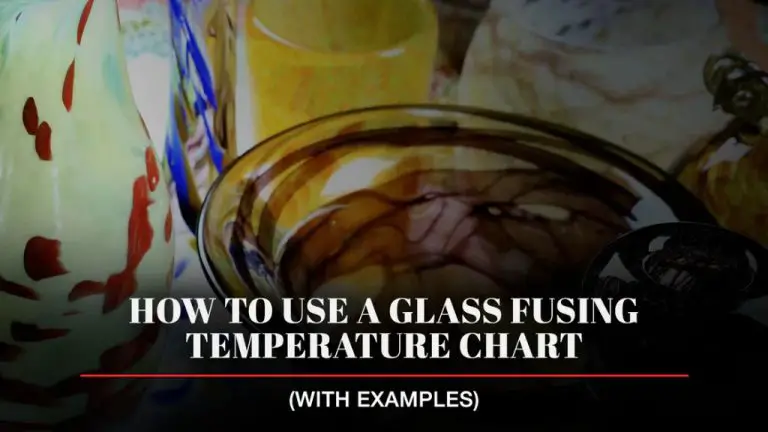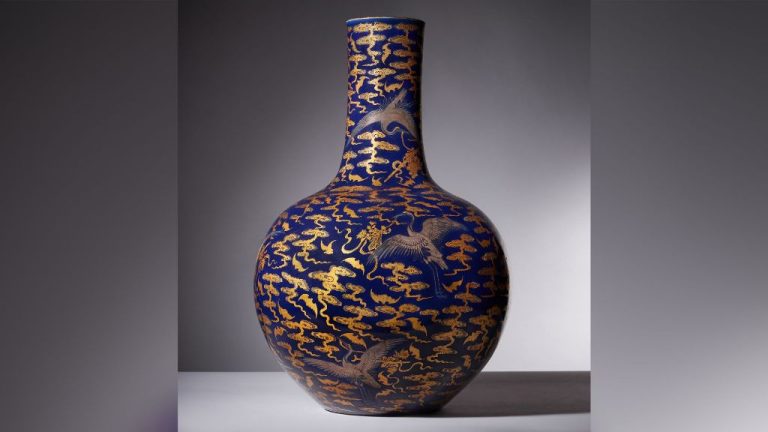Can You Fire Low Fire Clay In An Oven?
What is Low Fire Clay?
Low fire clay refers to a type of clay that is formulated to withstand lower firing temperatures than other clays. The firing temperature range for low fire clays is generally between 1772-2192°F (cone 06-04).
Some of the most common types of low fire clay include earthenware and terra cotta. Earthenware clays are very commonly used for pottery, ceramic sculpture, and decorative pieces. Terra cotta has been used for centuries to make utilitarian and decorative items like flower pots, bricks, roof tiles, and garden sculptures.
Low fire clays tend to have excellent workability and plasticity, which makes them easy to handbuild and throw on the potter’s wheel. They can be fired in a regular home oven or kiln. Low fire clays are porous when fired, so finished pieces may need to be sealed or glazed to make them impervious to liquids.
Key properties of low fire clay are that it’s durable, flexible when working wet, and fires to a reddish-orange color. Pieces made with low fire clay are not appropriate for frequent or prolonged use with food.
Benefits of Firing Low Fire Clay in a Home Oven
One major advantage of firing low fire clay in a regular home oven versus using a dedicated kiln is convenience and accessibility. Most households already have an oven for cooking, whereas kilns are specialty equipment that take up space and require an additional financial investment. Using an existing appliance makes oven firing an easy, approachable option for small scale clay projects without the need to buy extra equipment (1).
Firing clay at home is also substantially less expensive than firing projects in a professional kiln. Kiln firing fees at a studio or school can add up quickly, especially at higher temperatures. Home oven firing allows testing and small batches of work to be completed nearly for free using resources already available (2).
The low stakes nature of oven firing also provides the opportunity to experiment and sample a variety of clay bodies and firing techniques. Small test tiles with different clays and glazes can be fired simultaneously to compare results. The experience gained from exploratory home firing helps inform best practices to later use for more finished works down the line (3).
(1) https://www.soulceramics.com/pages/firing-pottery-without-kiln
(2) https://kilnfrog.com/blogs/frogblog/how-to-fire-pottery-without-a-kiln
(3) https://www.quora.com/Can-I-fire-clay-in-an-oven
Oven Types for Firing Clay
There are several common household oven types that can be used for firing low fire clay:
Standard Gas or Electric Ovens
The most readily available option for firing clay is a standard gas or electric oven used for cooking and baking. Both gas and electric ovens can reach the required temperatures for low fire clay, typically between 165°C-215°C (330°F-420°F). It’s best to use an oven thermometer to monitor the actual temperature since most oven dials are not perfectly calibrated. The main downsides of standard ovens are their small interior size and exposure to food odors from cooking [1].
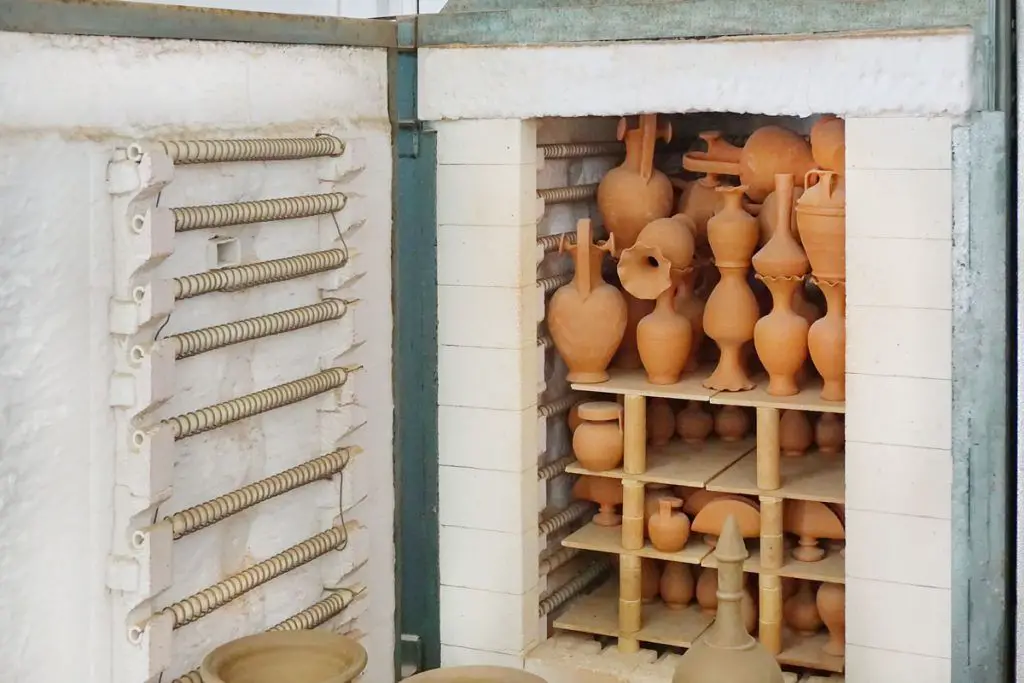
Toaster Ovens
A toaster oven can be used in the same way as a regular oven and provides a smaller, more contained space for firing smaller pieces. The maximum temperature may be slightly lower than a full-sized oven. Be sure to check the temperature rating and use an oven thermometer. Clean the toaster oven thoroughly before firing clay in it [2].
Outdoor Grills
An outdoor grill is an option for firing clay if it can be closed to retain heat. The grill should be thoroughly cleaned first. Place the clay pieces on the upper racks, away from direct flame. Use an oven thermometer and keep the temperature in the 165-215°C (330-420°F) range. The results may not be as consistent as in an indoor oven.
Required Oven Temperature for Low Fire Clay
The typical temperature range for firing low fire clay in a home oven is 1800-2000°F (982-1093°C) according to Soul Ceramics. Firing at lower temperatures like Cone 04 (1945°F or 1063°C) creates a porous clay body that absorbs water. Firing at higher temperatures makes the clay vitrify and become impermeable.
Keeping the temperature in the typical range allows the clay minerals to sinter together for strength while still retaining some porosity. If underfired, the clay will be weak, porous and prone to breakage. Overfired clay will become vitrified, non-absorbent, and more prone to cracking and warping.
Monitoring the oven thermometer is key to achieving the right material properties. Staying within the typical low fire temperature range will provide the best results for oven-fired earthenware.
Preparing the Oven for Clay Firing
Properly preparing your oven is crucial for achieving successful results when firing clay. Here are some key steps to take:
Protect your oven by lining it with aluminum foil or a firing shelf. High temperatures can damage oven surfaces, so take precautions. Cover oven racks with foil as well.
Preheat the oven fully before putting in clay pieces. Set the oven to the proper firing temperature (see oven manual) and allow it to reach temperature. This ensures the clay will be fired consistently throughout.1
Use an oven thermometer placed inside to monitor the actual temperature. Oven thermostats can be off by 25 degrees or more. A thermometer makes sure you fire at the right temp.
Clay Pieces and Supports for Oven Firing
When firing clay in a standard kitchen oven, it’s important to use proper supports to prevent pieces from sticking or slumping. Some key considerations for clay pieces include:
- Maximum size pieces should be no larger than 6-8 inches tall or wide. Larger pieces are prone to cracking or exploding from too rapid water evaporation.
- Kiln wash or a fine layer of alumina hydrate can be applied to oven shelves to prevent sticking.
Common supports used in oven firing include:
- Stilts – small tripod like supports made of ceramic material that raise ware off the shelf. Stilts should be 1/2 to 1 inch tall for oven firing.[1]
- Props – bits of clay used to support overhangs or vertical pieces
- Kiln posts – ceramic posts laid on their side to support shelves
- Setters – ceramic donut rings used to support bowls and plates
- Saggars – clay boxes with holes that protect pieces from direct heat.
Using the right supports helps ensure even heating and prevents damage during oven firing. Start with simple stilts and props first.
The Oven Firing Process
When your oven has reached the proper temperature for low fire clay firing, you are ready to begin placing your dry clay pieces inside. It is recommended to place pieces on a kiln shelf or firebrick for support. Use kiln posts, stilts or another method to elevate pieces off the shelf to prevent them from sticking to the shelf surface during firing. Work quickly but carefully to get all the pieces arranged in the hot oven, then close the door securely.
For low fire clays, the firing time is usually 1-3 hours. Pieces should be fired according to the specifications provided for that clay body, as timing can vary. Monitor the oven temperature periodically using an oven thermometer placed inside. The temperature should remain steady in the recommended range throughout the firing. If it drops too low, the clay will not vitrify properly. Avoid opening the oven door frequently, as this will lower the temperature. Firing times are usually calculated from when the target temperature is reached with all the pieces loaded.
Source: https://www.soulceramics.com/pages/firing-pottery-without-kiln
Removing and Cooling Finished Pieces
Once the clay pieces have been fired to completion in the oven, it’s important to allow them to cool down gradually before handling. Removing hot clay pieces too quickly can lead to cracking or breakage. Here are some tips for proper removal and cooling:
Wear heavy gloves when removing pieces from the hot oven. Use tongs or a spatula to carefully transfer them to a cooling surface. Do not place directly on cold metal or glass, as this can induce cracks from rapid cooling.1
Allow pieces to cool naturally at room temperature. Do not attempt to speed up cooling with water or placing outside. Cooling should take several hours. Check pieces occasionally as they cool but do not handle until completely cool to the touch.
Look for any cracks that may occur as the clay cools and contracts. Some small cracking may happen and can be repaired later with clay slip. If major cracks appear, the clay may have been underfired and needs more heat.
If pieces still feel a bit damp or soft after cooling, they likely need more low-fire oven time to fully dry and harden. Let pieces dry for a few more days before refiring in the oven.
With proper patience in cooling and drying, oven-fired low fire clay pieces will harden into finished ceramic ware ready for use. Allowing natural cooling is key to preventing cracks and breakage.
Results to Expect from Oven-Fired Low Fire Clay
When properly fired in a home oven, low fire clay will have a matte to semi-glossy finish and light to mid-range fired color depending on the clay type. It will be safe to use for non-food items like decorative bowls and vases. However, low fire clay fired in a home oven generally has lower durability and absorbency compared to high fire clay fired in a kiln.
Typical characteristics of oven-fired low fire clay include:
- Matte to semi-glossy finish
- Light to mid-range fired color
- Absorbs water due to porous nature
- Prone to chipping, cracking or breaking
- Not food-safe
- Suitable for decorative, non-functional pieces
The maximum temperature range achievable in a home oven (150-300°C / 300-570°F) is not high enough to vitrify and fully fuse low fire clay. This results in a porous, absorbent material without the strength and impermeability of true ceramicware. Oven-fired pieces require careful handling and are best used decoratively rather than functionally.
Tips for Successful Oven Clay Firing
Firing clay in a home oven takes some experimentation to get the best results. Here are some tips to help ensure success:
Test small batches first. When trying out oven firing for the first time, start with just a few small test pieces rather than a large load. This allows you to work out any issues on a small scale before moving to larger loads.[1]
Keep detailed notes on the process. Record the clay type, oven temperature, firing time, positioning of pieces, and any other relevant details. Comparing notes across test firings helps dial in the ideal firing method.[2]
Expect variability between firings. Each oven and firing will likely have slight differences in results. Don’t expect identical outcomes every time. Be prepared to adjust as needed between firings.

